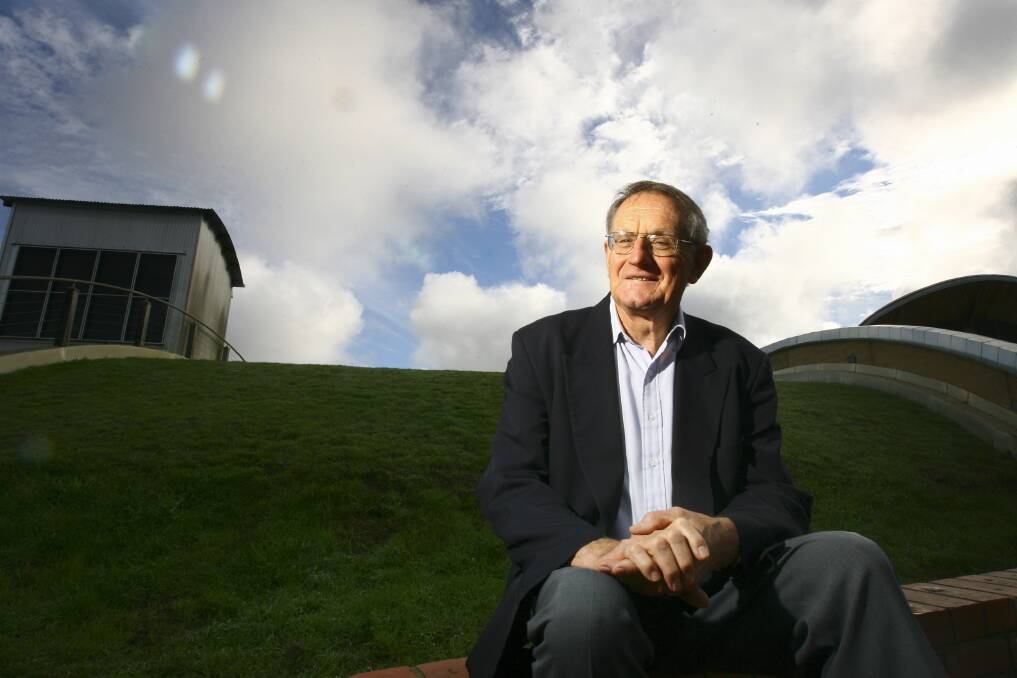
Albury-Wodonga’s peculiar experience with schemes to shift government agencies to country centres provides insights into the problems and possibilities of such proposals.
Subscribe now for unlimited access.
$0/
(min cost $0)
or signup to continue reading
First, the promise. Gough Whitlam decided that a growth centre, a new city in the country – “another Canberra” – was needed to attract population and economic activity away from Sydney and Melbourne, where there were congestion problems related to the provision of services in the urban sprawl, to the costs of traffic and to housing affordability.
Jobs were crucial for developing a centre large enough to have significant impact on Melbourne and Sydney and to ensure on-going self-generated growth.
Planners initially estimated that there needed to be 5000 to 6000 new jobs annually. And that was only possible with the relocation of say 400 public sector jobs each year, the same number by which Canberra had grown in the previous five years.
The relocation of public servants, then, was a central strategy in the three-government proposal to accelerate the development of Albury-Wodonga in the mid-1970s.
Whitlam announced there would be a University of Albury-Wodonga, which planners estimated would have 870 staff by 1988. Plans were put forward for ‘foot-loose’ departments such as the Bureau of Metrology (with 800 jobs) to move from Melbourne. Ten agencies with 294 jobs would be moved from Canberra. Four new government agencies would add 156 jobs.
Second, the problems with implementation. Public service resistance proved a major problem. Those who crafted policy and implementation plans for government complained that there would be a loss of ‘administrative efficiencies’ if their agency moved from Canberra. They bemoaned what relocation would mean for them and their families. Their protests were worrying to politicians well aware of the voting power of Canberra in an imminent election.
The Borrie Report, with its lower predictions of national population growth, scotched the prospect of establishing a university. After Whitlam’s dismissal the new Prime Minister, Malcolm Fraser, had difficulty in dismissing the growth centre project altogether, for the Commonwealth needed to retrieve the money it had advanced for the purchase of a land bank.
Fraser halved the population target and removed the proposal to relocate public service agencies. Nevertheless, he kept more modest growth prospects alive with significant expansion of the local defence force presence and the establishment of a large Tax Office.
In its current inquiry into regional development the Productive Commission is drawing on analyses of previous regional transitions and pondering adaptive capacity and economic resilience.
It might well be reminded of how it found in 1999 that Albury-Wodonga was one of the fast growing ‘sponge cities’ absorbing population from declining surrounds, like Dubbo and Wagga.
Albury-Wodonga had emerged from being a designated growth centre to becoming one of several actual inland growth centres with good economic prospects and fulfilling lifestyles. Since then the Commonwealth has eventually recouped much of its $140 million in government funding. It is unwise to dismiss regional growth stimulated by the relocation of public servants as a hopeless dream.
Assoc Prof Bruce Pennay, Charles Sturt University

